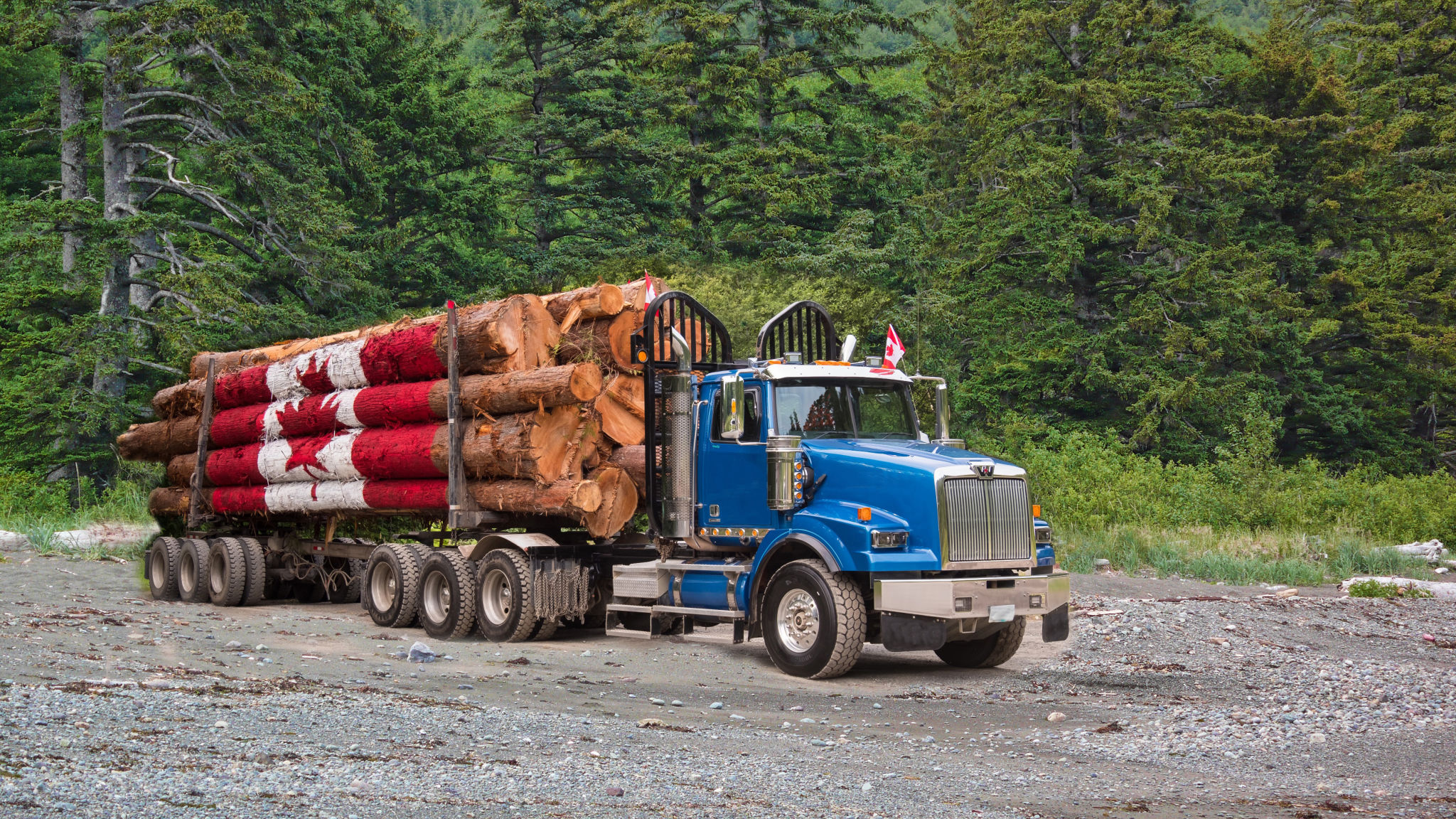Case Study: Successful Lumber Hauling in Challenging Conditions
Introduction
Transporting lumber is a vital component of the forestry industry, but it often comes with its own set of challenges. From navigating difficult terrains to ensuring the safe delivery of valuable timber, lumber hauling requires strategic planning and execution. This case study examines a successful lumber hauling operation that overcame challenging conditions to deliver impressive results.
The subject of our case study is a mid-sized hauling company that faced numerous obstacles while transporting lumber through difficult terrain in the Pacific Northwest. Thanks to their innovative approaches and determination, they managed not only to meet their objectives but exceed expectations.

Understanding the Challenges
Tackling Tough Terrain
One of the most significant challenges in lumber hauling is navigating through tough terrain. The dense forests and mountainous regions of the Pacific Northwest pose formidable obstacles that require skilled driving and specialized equipment. Our case study company had to maneuver through narrow roads, steep inclines, and unpredictable weather conditions.
The company employed a fleet of all-terrain vehicles specifically designed for this purpose. These vehicles were equipped with traction control systems and reinforced frames to withstand harsh conditions. Furthermore, experienced drivers who were familiar with the area and adept at handling such equipment played a critical role in overcoming these challenges.

Weather Woes
Weather is another unpredictable factor that can significantly impact lumber hauling operations. Rain and snow can turn roads into slippery surfaces, increasing the risk of accidents and delays. In this case study, the company had to deal with frequent rain showers and occasional snowstorms.
To combat these conditions, the company implemented a weather monitoring system that allowed them to plan routes strategically and avoid hazardous areas. Additionally, they conducted regular safety training sessions for their drivers, ensuring everyone was prepared for any weather-related challenges.

Innovative Solutions
Optimizing Logistics
Efficient logistics management was key to the success of this hauling operation. The company utilized advanced software solutions to optimize their routes, minimizing travel time and fuel consumption. By integrating real-time data analytics, they could make informed decisions quickly, adapting to changing conditions on the ground.
This approach not only improved efficiency but also reduced operational costs, allowing the company to invest more in safety measures and equipment upgrades. Such smart logistics solutions are becoming increasingly important in industries where time and resources are critical.
Environmental Considerations
Sustainability is an essential aspect of modern forestry operations. Our case study company was committed to minimizing its environmental impact by adopting eco-friendly practices. They used biofuels to power their fleet and implemented strict emission controls to reduce their carbon footprint.
Moreover, the company worked closely with environmental agencies to ensure their operations complied with all regulations. They also participated in reforestation initiatives, planting trees in areas affected by logging activities.

Conclusion
The successful lumber hauling operation outlined in this case study serves as an inspiring example of how determination and innovation can overcome even the most challenging conditions. By focusing on specialized equipment, strategic logistics, and environmental responsibility, the company achieved remarkable results despite numerous obstacles.
This case study highlights the importance of adaptability and forward-thinking in the forestry industry. As challenges evolve, so too must the strategies employed by companies seeking success in lumber hauling. By continuously improving their methods and embracing new technologies, companies can thrive even in the most demanding environments.
